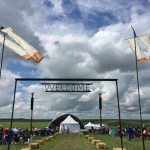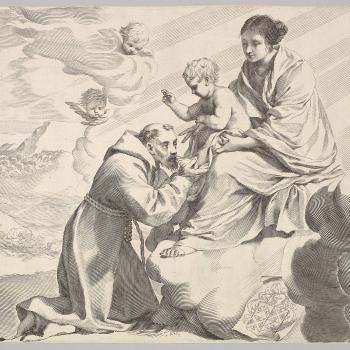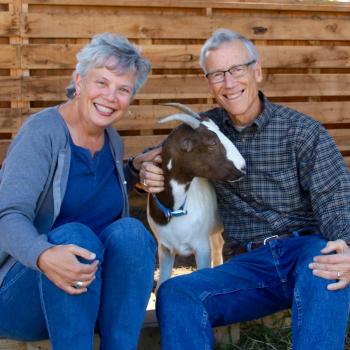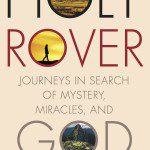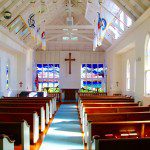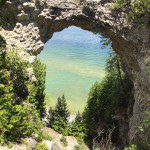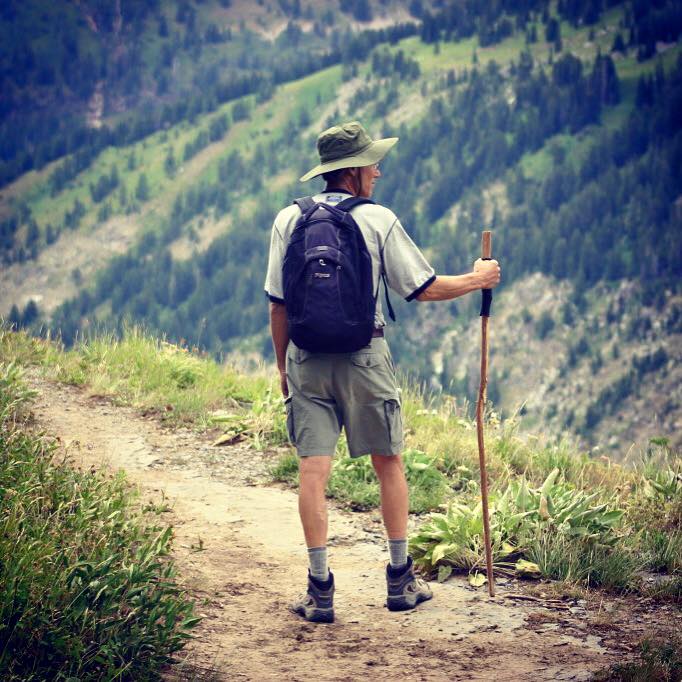
Today’s post is an article of mine that was recently published by the PBS-affiliated website Next Avenue.
8 Top Spiritual Sites in America: Refresh your soul at these sacred destinations
by Lori Erickson
From Wild to Eat, Pray, Love, spiritual journeys have been on the pop culture radar. But people have been making treks to holy sites for millennia — in fact, these types of locations are probably the oldest form of tourism.
Spiritual journeys differ from ordinary vacations in that they’re meant to nourish the soul and help us reflect on what’s most important to us. Such trips seem to appeal most of all to the unencumbered young (think college students visiting ashrams in India) and to the stock-taking adult (post-divorce, after-the-chemo-ends or on a landmark decade birthday).
More than 300 million people visit the world’s major religious sites each year. Here at home, 25 percent of Americans say they’re interested in taking some sort of spiritual vacation, according to the U.S. Travel Association. The good news is that they don’t have to travel far to find a destination. Here are eight spiritual sites that welcome seekers of all faiths:
1. El Santuario de Chimayo, New Mexico
Sometimes described as the Lourdes of North America, this simple adobe church in a village in northern New Mexico attracts thousands of people seeking healing. Pilgrims gather soil that is said to have curative powers from a spot in the floor that is associated with the miraculous discovery of a crucifix in 1810. The walls are covered with crutches, photographs and other tokens left by those who give the shrine credit for cures. The most popular time to visit Chimayo is during Easter week, when many pilgrims walk from Santa Fe and other surrounding towns and cities. A welcome center includes a free museum with art exhibits and displays on the shrine’s history. Inside is a prayer tree covered with pieces of paper on which people have written petitions.
2. Shambhala Mountain Center, Colorado
Founded in 1971 by the Tibetan monk Chögyam Trungpa Rinpoche, this 600-acre center in the mountains above Fort Collins hosts retreats, classes and programs led by some of Buddhism’s leading teachers as well as representatives from other wisdom traditions. A magnificent stupa decorated with gold leaf and brilliant colors sits at its center (in Buddhism, stupas are landmarks designed to promote harmony and convey blessings). The Great Stupa of Dharmakaya rises to a height of 108 feet and is filled with a large, golden statue of a Buddha as well as exquisite paintings, decorations and symbolic features. Traditionally, pilgrims walk the perimeter of the stupa in a clockwise fashion, an action said to confer merit. Guests can stay overnight at the center’s retreat campus.
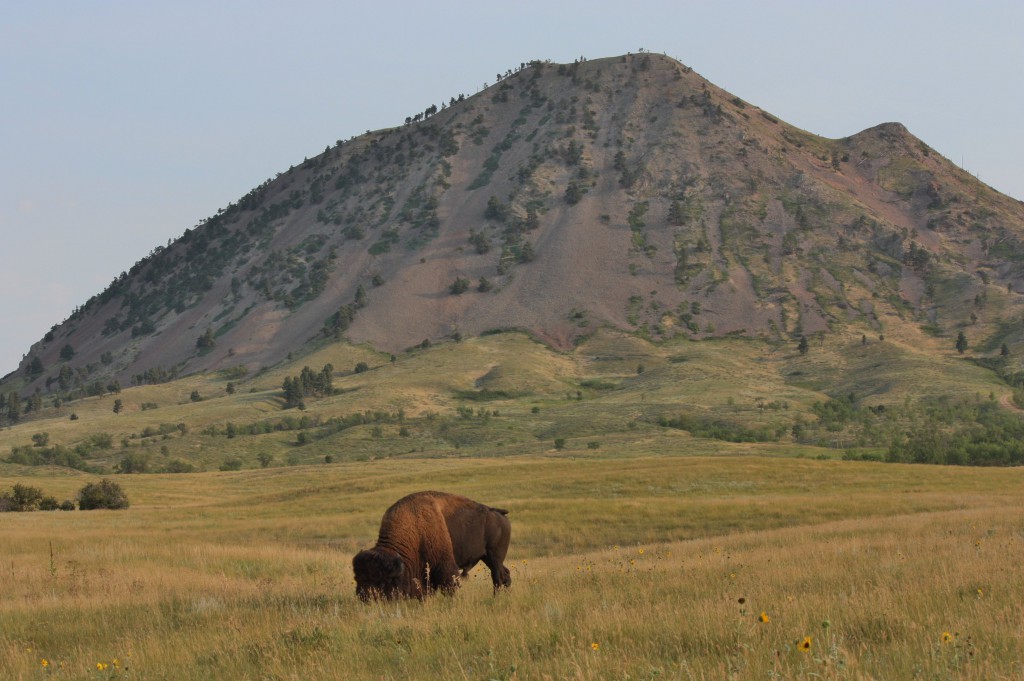
3. Bear Butte, South Dakota
Technically Bear Butte is not a butte, but rather a small mountain that stands just east of the Black Hills. It’s both a state park and a holy site for many Plains Indian tribes, including the Lakota and the Cheyenne. The Lakota call it Mato Paha or “bear mountain,” a reference to the fact that its profile resembles a sleeping bear. Revered leaders like Red Cloud, Crazy Horse and Sitting Bull all visited this mountain to pray, and it continues to be a place of pilgrimage for Native Americans from throughout the U.S. and Canada. Almost every tree and bush along its paths is draped with pieces of cloth and strung with tiny bundles of tobacco, considered a sacred herb by many Indian tribes. While some of the mountain is reserved for ceremonial use, a hiking trail to the top is open to everyone.
4. Amish Country of Northern Indiana
More than 20,000 Amish live in Elkhart and Lagrange Counties, making this one of the largest Amish communities in the country. Here you can gain a deeper understanding of the distinctive faith and tight bonds of family and community that are the foundation of Amish lives. Menno-Hof, an information center in the small town of Shipshewana, uses exhibits, historical tableaux and audiovisual presentations to give an overview of Amish and Mennonite history and traditions. From there you can explore the surrounding rural countryside, passing fast-trotting horses pulling black buggies and Amish children riding bicycles home from school. A free Heritage Trail audio tour CD with directional cues will take you on a circular loop through the area.
5. Washington National Cathedral, Washington, D.C.
While it’s affiliated with the Episcopal Church, the Washington National Cathedral also serves as a spiritual home for all Americans. Many state occasions are held here, from memorial services after national tragedies to funerals for senators and presidents. Built between 1907 and 1990, the cathedral is neo-Gothic in design but features many contemporary touches. For example, a Space Window in the sanctuary contains a piece of a lunar rock, while one of its grotesques — an architectural detail similar to a gargoyle — is of Darth Vader. In addition to religious services, the cathedral hosts a full schedule of concerts, lectures and programs. You can also wander through Olmsted Woods, designed by the great landscape architect Frederick Law Olmsted, Jr. It’s one of the few remaining old-growth forests in the capitol region.
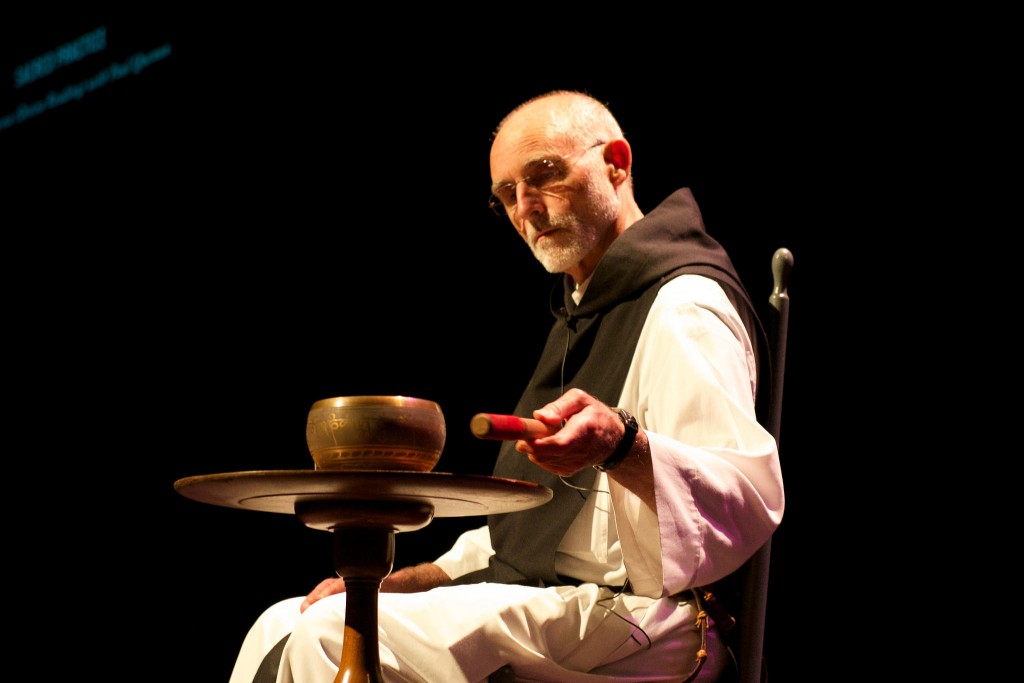
6. Festival of Faiths in Louisville, Kentucky
The Festival of Faiths — affectionately known as the Sundance of the Sacred by its fans — began in 1985 as a local interfaith effort to restore a historic cathedral. It has grown to become an internationally recognized event that attracts thousands of people. Its goal is to foster interfaith understanding and cooperation, with a five-day schedule featuring lectures by some of the world’s leading religious teachers and leaders, prayer and meditation services, panel discussions, theater, music, art and films. Typically held in May, each festival has a different theme, from Sacred Journeys to Death and Transformation. Past speakers have included the Dalai Lama, Roshi Joan Halifax, Huston Smith, Richard Rohr, Karen Armstrong, Coleman Barks and Deepak Chopra. Most events are held in downtown Louisville.
7. Islamic Center of Long Island, New York
The roots of this multi-cultural Long Island Muslim community go back to the early 1970s, when members met in temporary quarters until a mosque was built between 1989-91. The center — which is currently being expanded to meet the needs of its growing congregation — blends traditional Islamic architecture with American design elements. Its heart is a prayer room that can accommodate 500 worshippers. The mosque is active in many interfaith and outreach initiatives to promote understanding and tolerance. Guests can attend educational programs, take a tour of the facility and experience congregational prayer on Fridays. Sermons are given primarily in English, and chairs are available for those who find sitting on the floor uncomfortable. Visitors of all faiths are welcomed.
8. Temple-Tifereth Israel, Cleveland, Ohio
This 165-year-old Reform Jewish congregation has several sites worth visiting. Since 1924 it has worshipped in a golden-domed, Byzantine-style temple designed by architect Charles R. Greco. The building will re-open this fall as the Maltz Performing Arts Center at Case Western Reserve University, but will still be used as a temple for special events and High Holy Day worship. Since donating the facility to the university, the temple’s congregational life has shifted to a synagogue in the Cleveland suburb of Beachwood. The Temple Museum of Jewish Art, Religion and Culture, one of the oldest museums of Judaica in North America, has gallery space at both the Beachwood synagogue and at the nearby Maltz Museum of Jewish Heritage. Guests can tour exhibits on the history of Judaism and the Jewish immigrant experience, see religious objects and art from around the world, and then visit the synagogue to see how Jewish traditions live on in a vibrant community.

